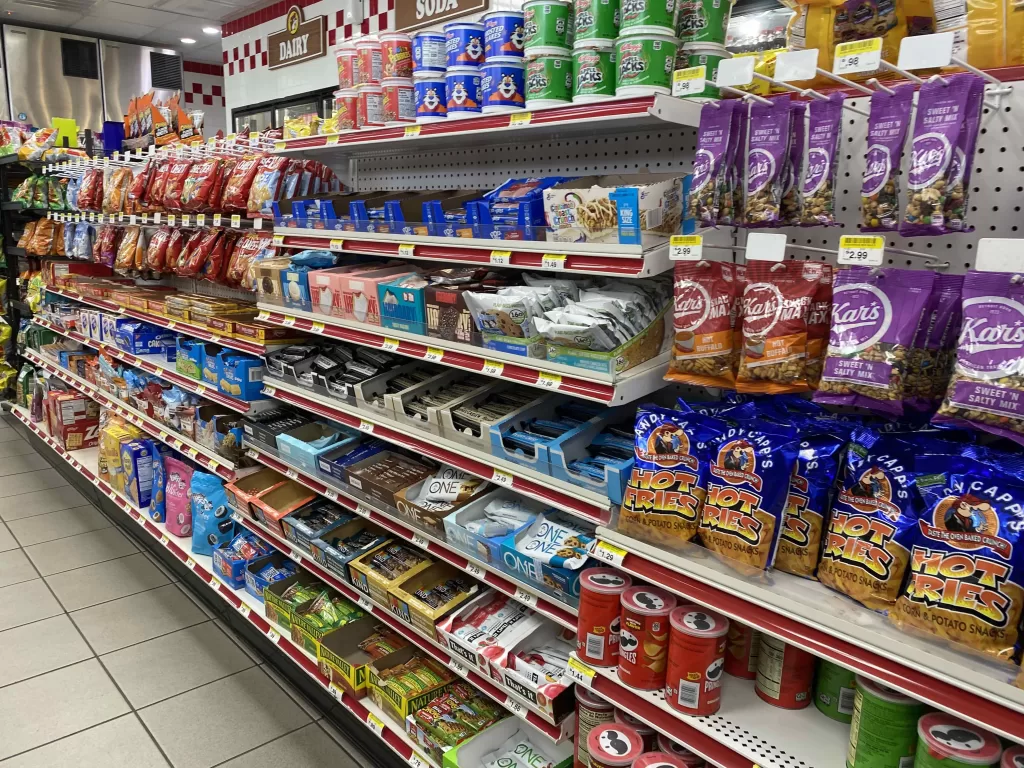Howdy folks, and welcome to Houston Historic Retail! Today we’re looking at a “Baby Beaver Buc-ee’s.” The Buc-ee’s Taxonomy splits the classification of stores by size and actually doesn’t originate on HHR. Most people who know Buc-ee’s know them for their massive travel center stores, which have gone nationwide in the past few years. However, this isn’t how Buc-ee’s got their start. Readers closer to the Gulf Coast, may remember the earliest incarnations of Buc-ee’s from the 80s and 90s. A handful of stores throughout Lake Jackson and Freeport some purchased from competitors by ‘Beaver’ Aplin. Early on, little set Buc-ee’s apart from its competitors. For the most part, they purchased existing buildings, rebranded them, and that was about it. The chain was also indiscriminate about its gasoline suppliers. Largely settling with Texaco, but also using Chevron, Phillips 66, and Citgo. Things would finally start to change around the late 90s, when Buc-ee’s would start building their own stores. These new stores would be based adapted to fit Buc-ee’s niche, which at this point was 24/7 fresh coffee and clean restrooms. One oddity at these locations would be the inclusion of diesel islands for 18-wheelers, an option left off of future Buc-ee’s stores.
The culmination of the “Baby Beaver” era would be some almost travel center like C-Stores, located far off the beaten path like two along 290, one in Bastrop, the other in
Giddings. At the time, Buc-ee’s future seemed to be based around increasing their presence throughout the Houston area through further “baby beaver” stores. However, another experiment from this era would completely change the direction of the company. The Luling Buc-ee’s was the first go at a travel center, and while it was the largest Buc-ee’s at the time, it was laughably small compared with the giant stores built since. Buc-ee’s would adjust their methods, pulling out of the Houston city limits, instead building medium “adolescent” sized stores in the further reaches of our suburbs. The success of these locations would help to cement Buc-ee’s local fame. At the same time, Buc-ee’s would reach other Texans through their innovative advertising, eventually increasing the size of the Luling Travel Center by constructing an “Outdoors” addition. During the 2000s, Buc-ees moved its focus to building larger stores and started to give up on the Baby Beaver locations. Some would close, some would be rebuilt Adolescent Beaver stores, and a few would be canceled before they were even started. As of 2023, only a handful of Buc-ee’s first and second-generation locations remain.
You might also enjoy...















